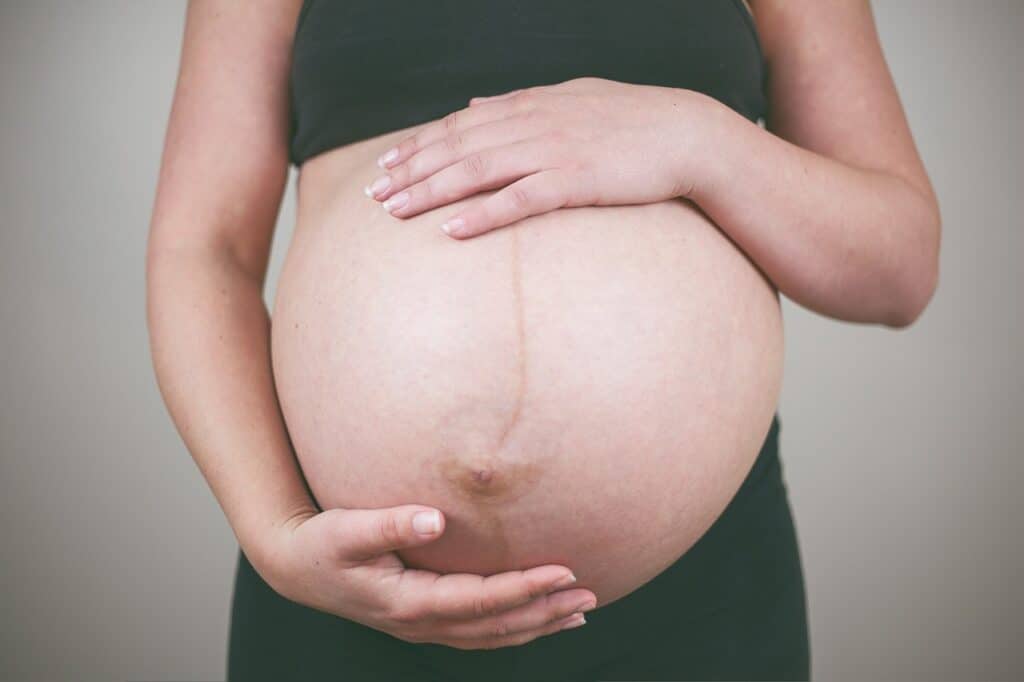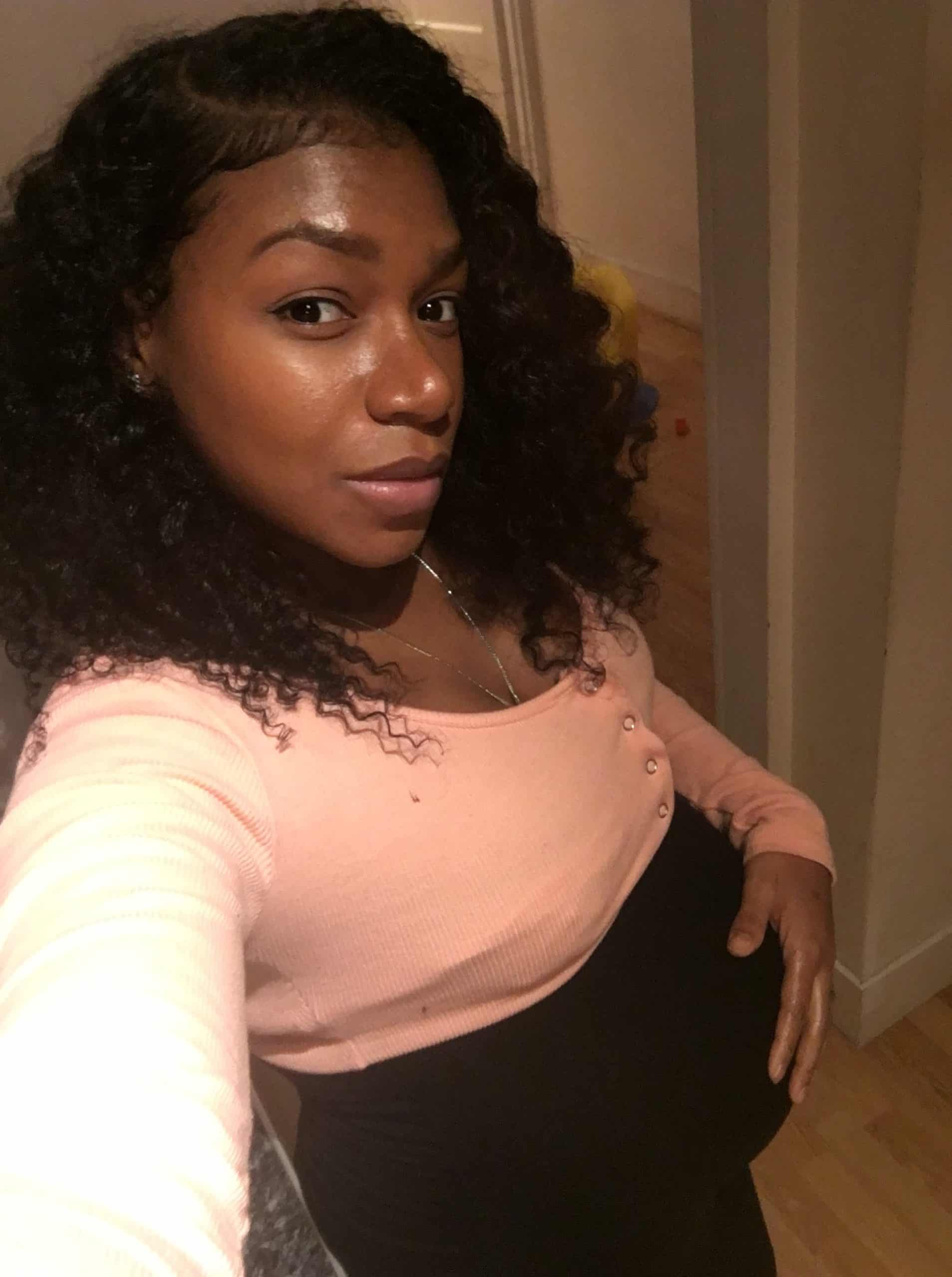Diastasis Recti is a common condition that affects many people, especially women who have recently given birth. It occurs when the abdominal muscles separate, causing a bulge in the middle of the stomach. While this condition is not usually painful, it can cause discomfort and other related symptoms.
Understanding Diastasis Recti is important for anyone who is experiencing this condition or knows someone who is. It is important to know the risk factors and symptoms of diastasis recti to be able to identify it early and seek appropriate treatment. In this article, we will explore is diastasis recti painful, the causes, symptoms, diagnosis, and treatment of diastasis recti, as well as answer some frequently asked questions about this condition.
Key Takeaways
- Diastasis Recti is a condition where the abdominal muscles separate, causing a bulge in the stomach.
- While it is not usually painful, it can cause discomfort and other related symptoms.
- Understanding the risk factors and symptoms of diastasis recti is important for early identification and treatment.
Understanding Diastasis Recti
Diastasis recti is a condition that occurs when the rectus abdominis muscles, which are the muscles that run vertically down the front of the abdomen, separate from each other. This separation causes a gap in the abdominal wall, which can lead to a protrusion of the belly.

The separation of the rectus abdominis muscles is caused by the stretching of the linea alba, which is a connective tissue that runs down the center of the abdomen. This stretching can occur during pregnancy or due to excessive strain on the abdominal muscles.
While diastasis recti is not painful in itself, it can lead to other problems such as back pain, poor posture, and urinary incontinence. It is important to note that not all cases of diastasis recti require medical intervention. In many cases, the condition can be corrected through exercises that strengthen the abdominal muscles.
It is important to consult with a healthcare professional if you suspect that you have diastasis recti. They can perform a physical examination to determine the severity of the condition and provide guidance on the appropriate treatment options.
Occurrence and Risk Factors
Diastasis recti is a common condition that occurs when the abdominal muscles separate during pregnancy or due to other factors. It is estimated that up to 60% of women experience diastasis recti during pregnancy, particularly in the third trimester. However, it can also occur in men and non-pregnant women.
There are several risk factors that can increase the likelihood of developing diastasis recti. These include:
- Multiple pregnancies: Women carrying twins, triplets, or more are at a higher risk of developing diastasis recti due to the increased pressure on the abdominal muscles.
- Weight gain and obesity: Excess weight can strain the abdominal muscles and increase the risk of separation.
- Age: As people age, the elasticity of their muscles decreases, making them more prone to separation.
- Genetics: Some people may be more predisposed to developing diastasis recti due to their genetic makeup.
It is important to note that not all pregnant women or individuals with the above risk factors will develop diastasis recti. However, it is important to be aware of these factors and take preventative measures when possible, such as maintaining a healthy weight and exercising regularly.
Symptoms of Diastasis Recti

Diastasis recti is a condition that affects the abdominal muscles, causing them to separate. This separation can cause a variety of symptoms, including:
- Visible bulge or pooch: One of the most common symptoms of diastasis recti is a visible bulge or pooch in the abdomen. This is caused by the separation of the abdominal muscles, which can create a gap that allows the organs in the abdomen to push through.
- Back pain: Diastasis recti can cause back pain, especially in the lower back. This is because the abdominal muscles are responsible for supporting the back, and when they are weakened or separated, the back muscles have to work harder to compensate.
- Poor posture: When the abdominal muscles are weakened or separated, it can be difficult to maintain good posture. This can lead to a variety of other problems, including back pain, neck pain, and headaches.
- Incontinence or leakage: Diastasis recti can weaken the pelvic floor muscles, which can lead to incontinence or leakage of urine or feces.
- Constipation: When the abdominal muscles are weak, it can be difficult to have a bowel movement. This can lead to constipation and other digestive problems.
- Weakness: Diastasis recti can cause weakness in the abdominal muscles, which can make it difficult to perform everyday tasks like lifting heavy objects or carrying groceries.
- Abdominal pain: Some people with diastasis recti may experience abdominal pain or discomfort, especially during exercise or other physical activity.
- Ridge or coning: In some cases, a ridge or coning may be visible along the midline of the abdomen when the person performs certain movements, such as sit-ups or planks.
- Difficulty lifting: Weakness in the abdominal muscles can make it difficult to lift heavy objects or perform other tasks that require core strength.
- Pelvic pain or hip pain: Diastasis recti can cause pain in the pelvis or hips, especially if the pelvic floor muscles are also weakened.
It is important to note that not everyone with diastasis recti will experience all of these symptoms, and some people may not experience any symptoms at all. If you are experiencing any of these symptoms, it is important to talk to your doctor or a physical therapist to determine the best course of treatment.
Diagnosis and Measurement
Diastasis recti is typically diagnosed through a physical exam conducted by a doctor or physical therapist. The exam may include measuring the distance between the rectus abdominis muscles, which can be done using finger widths or a measuring tape. The patient may also be asked to perform certain movements or positions, such as lying on their back with their knees bent, to help the examiner assess the severity of the condition.

In some cases, an ultrasound may be used to confirm the diagnosis and measure the extent of the separation. This non-invasive imaging technique can provide a more detailed view of the abdominal muscles and help identify any other underlying conditions that may be contributing to the diastasis recti.
Medical history and posture are also important factors in diagnosing and treating diastasis recti. Patients may be asked about their exercise routine, pregnancy history, and any previous abdominal surgeries. Posture assessment can help identify any muscle imbalances or weaknesses that may be contributing to the condition.
In addition to measuring the distance between the rectus abdominis muscles, other methods of measurement may also be used, such as calipers or hands and knees positioning. These methods can provide a more accurate measurement of the separation and help guide treatment recommendations.
Overall, a thorough physical exam and medical history review are essential for diagnosing and measuring diastasis recti. Working with a knowledgeable healthcare provider, such as a physical therapist or doctor, can help ensure an accurate diagnosis and effective treatment plan.
Treatment and Recovery
Treatment for diastasis recti usually involves a combination of exercise, physical therapy, and lifestyle changes. Surgery may be recommended in severe cases.
Physical therapy can help strengthen the core and pelvic floor muscles, which can help improve symptoms and prevent a hernia. Gentle movements such as stretching and yoga poses can also be beneficial.
It is important to avoid exercises that put too much pressure on the abdominal muscles, such as sit-ups and crunches. Instead, exercises that focus on the pelvic floor and transverse abdominals, such as planks and gentle movements, can be effective.
Wearing a belly band and keeping the feet flat on the ground while sitting can also help reduce pressure on the abdominal muscles. Regaining strength in the core and abs after birth is crucial for recovery.
In some cases, a tummy tuck or abdominoplasty may be recommended to repair the connective tissue and muscles. Laparoscopy may also be an option for some patients.
Rehab and physical therapy are essential for recovery, and it is important to work with a healthcare professional to develop an individualized treatment plan. With proper treatment and lifestyle changes, many patients are able to improve their symptoms and regain strength in their abdominals and pelvic floor muscles.
Complications and Associated Conditions
Diastasis recti is a condition that can lead to complications and associated conditions. The following are some of the common complications and associated conditions that may arise as a result of diastasis recti:

Uterus and Pelvic Organ Prolapse
In severe cases of diastasis recti, the uterus or other pelvic organs may protrude through the abdominal muscles. This can cause discomfort, pain, and other complications. Women who have given birth multiple times or who have had large babies are at a higher risk of developing this complication.
Bulging and Hernias
Diastasis recti can cause the abdomen to bulge out, making it difficult to wear tight clothing or engage in certain physical activities. In some cases, the bulge may be a hernia, which occurs when an organ or tissue protrudes through a weakened area of the abdominal wall.
Transverse Abdominis Weakness
The transverse abdominis is a muscle that helps support the spine and maintain proper posture. In people with diastasis recti, this muscle may become weakened or stretched, leading to back pain and other complications.
Sexual Pain
In some cases, diastasis recti can cause sexual pain or discomfort. This may be due to the pressure that the condition puts on the pelvic floor muscles or other organs.
Relaxin and Diaphragm Issues
Relaxin is a hormone that is produced during pregnancy and helps to loosen the ligaments and muscles in the pelvic area. In some women, this can lead to diaphragm issues and breathing difficulties.
In summary, while diastasis recti is not typically a painful condition, it can lead to complications and associated conditions that can cause discomfort and pain. Women who have given birth multiple times or have had large babies are at a higher risk of developing these complications.
Frequently Asked Questions
What are the dangers of diastasis recti?
Diastasis recti can cause back pain, pelvic pain, and poor posture. It can also lead to hernias and other complications in the abdominal area. In rare cases, it can cause difficulty breathing and other serious problems.
When is diastasis recti considered severe?
Diastasis recti is considered severe when the gap between the abdominal muscles is wider than 2.7 centimeters. This can cause significant pain and discomfort, and may require surgical intervention.
Does diastasis recti bulge hurt?
Diastasis recti can cause a visible bulge in the abdomen, but it may not always be painful. However, in some cases, the bulge can cause discomfort and pain, especially during physical activity.
What can be mistaken for diastasis recti?
Other conditions that can be mistaken for diastasis recti include umbilical hernias, incisional hernias, and abdominal tumors. It is important to consult with a healthcare provider to properly diagnose and treat any abdominal condition.
Can you feel when diastasis recti happens?
Diastasis recti may occur during pregnancy or after childbirth, but it may not always be immediately noticeable. Some people may feel a separation or gap in their abdominal muscles, while others may not experience any symptoms.
Where is diastasis recti pain located?
Diastasis recti pain is typically located in the lower abdomen, but it can also cause back pain and pelvic pain. The pain may be more noticeable during physical activity or when lifting heavy objects.

Iesha is a loving mother of 2 beautiful children. She’s an active parent who enjoys indoor and outdoor adventures with her family. Her mission is to share practical and realistic parenting advice to help the parenting community becoming stronger.
